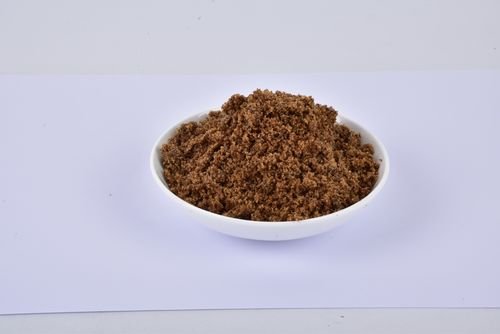No. 1-2, Songyun Road, Zhangjialou Town, Huang dao District, Qingdao City, Shandong Province
Room 1601, Building C, International Trade Building, No. 228, Changjiang Middle Road, Huangdao District, Qingdao City, Shandong Province

1. Antimicrobial peptides Antimicrobial peptides are polypeptides with antibacterial abilities in insects. They have the ability to kill bacteria and enhance the body's immunity. What’s interesting is that antimicrobial peptides only have an effect on microorganisms and not on animal and plant cells. Moreover, because of the special structure of antimicrobial peptides, it is difficult for bacteria to develop resistance through mutation. Therefore, antimicrobial peptides have gradually replaced antibiotics as feed additives . Some researchers used Escherichia coli and inactivated Escherichia coli to induce the production of antimicrobial peptides in mealworms and found that the bacterial content in their bodies was lower than the national standards .
2. Chitin Chitin, also known as chitin and chitin, is an element that is insoluble in water, alkali and other organic solvents. It is widely found in nature in the shells of lower plants, fungi, shrimps, crabs, insects and other crustaceans, and the cell walls of eubacteria. It has the functions of strengthening the immune system, accelerating wound repair, preventing diseases, maintaining the digestive system, and removing heavy metals from the body. Important features. In medicine, it is a single highly effective wound healing agent .
3. Interferon Interferon is a type of highly active multifunctional glycoprotein produced by biological cells induced by interferon inducers . It has anti-viral, anti-tumor, inhibiting cell proliferation, inhibiting virus replication, and improving canine immunity. functions etc. A special type of protein mostly produced by termitidae and hymenoptera insects. The mealworm in the title has this element. Adding such insect powder to animal feed can help enhance disease resistance and promote healthy and rapid growth of livestock and poultry .
4. Environmental protection. Insect feed is considered to be the animal protein resource with the smallest environmental impact, such as small carbon emissions, less land use, and high utilization rate. The mealworm in the title feeds on household waste such as straw, bran, and dregs, and is considered by many to be a very good bioconverter. In addition, Tenebrio molitor larvae can eat polystyrene foam, which may help us solve the problem of petroleum-based plastic waste pollution .